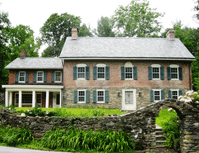
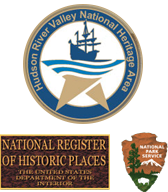
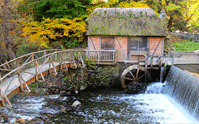

The Armstrong Family - Owners from 1835 to 1904
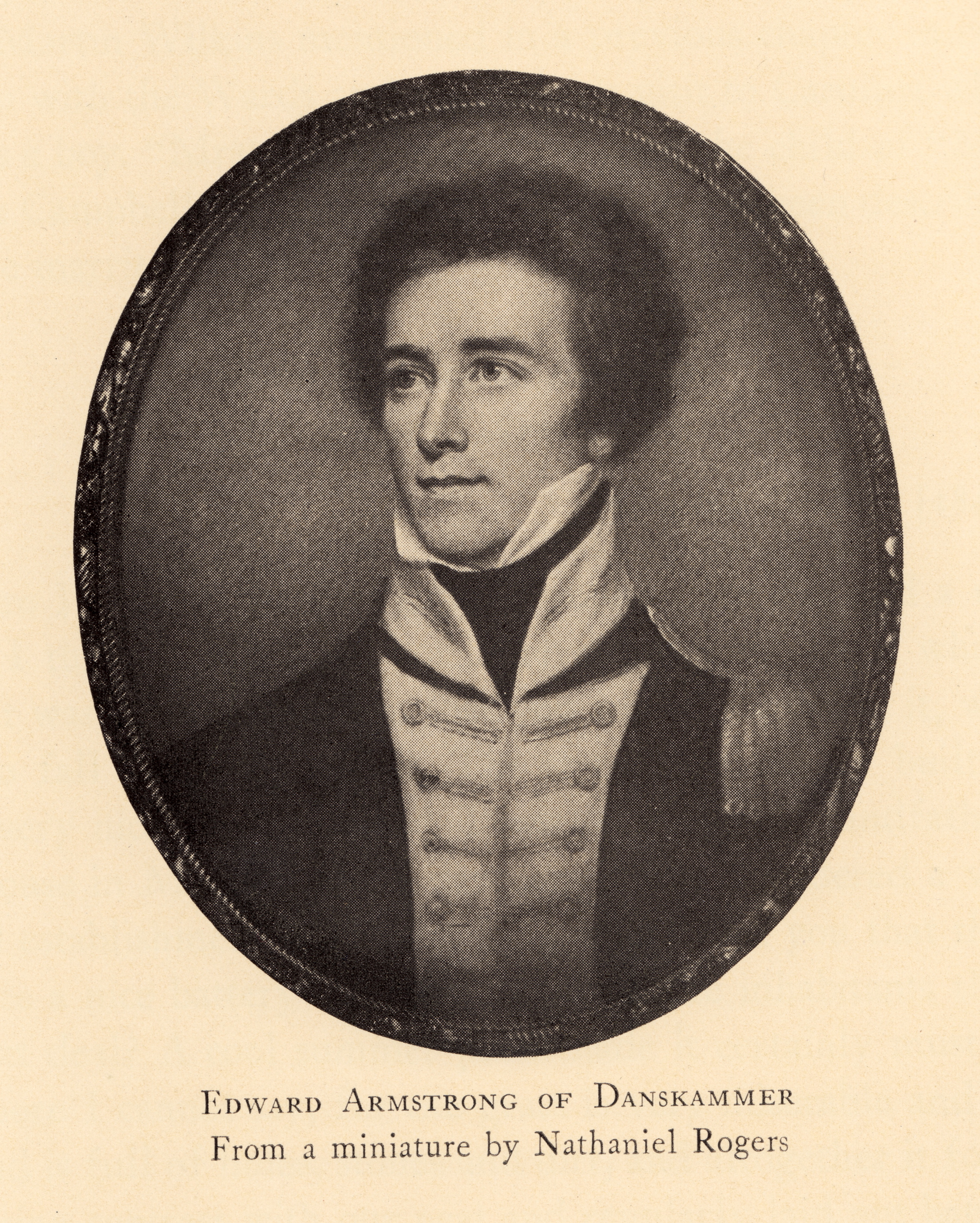
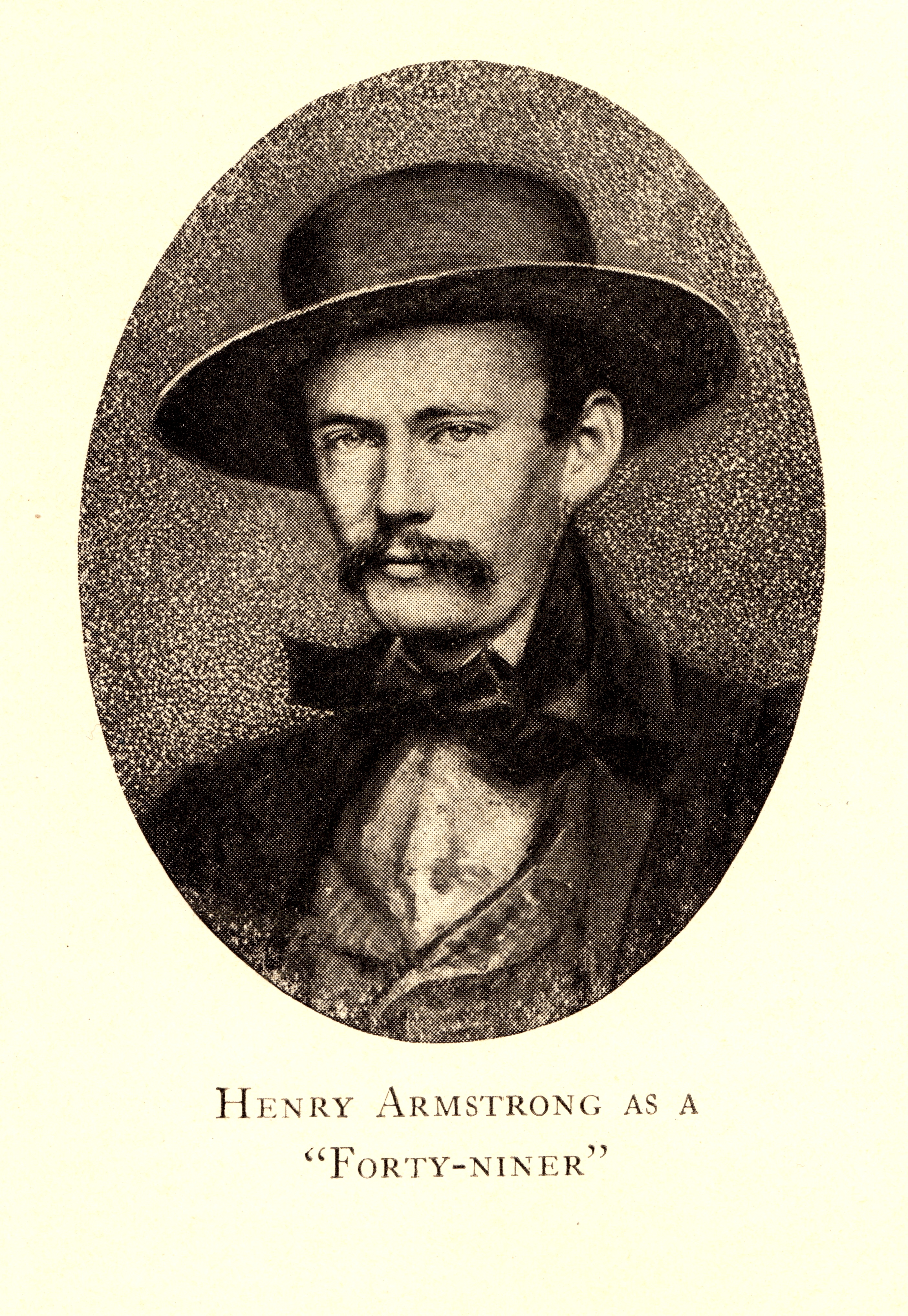
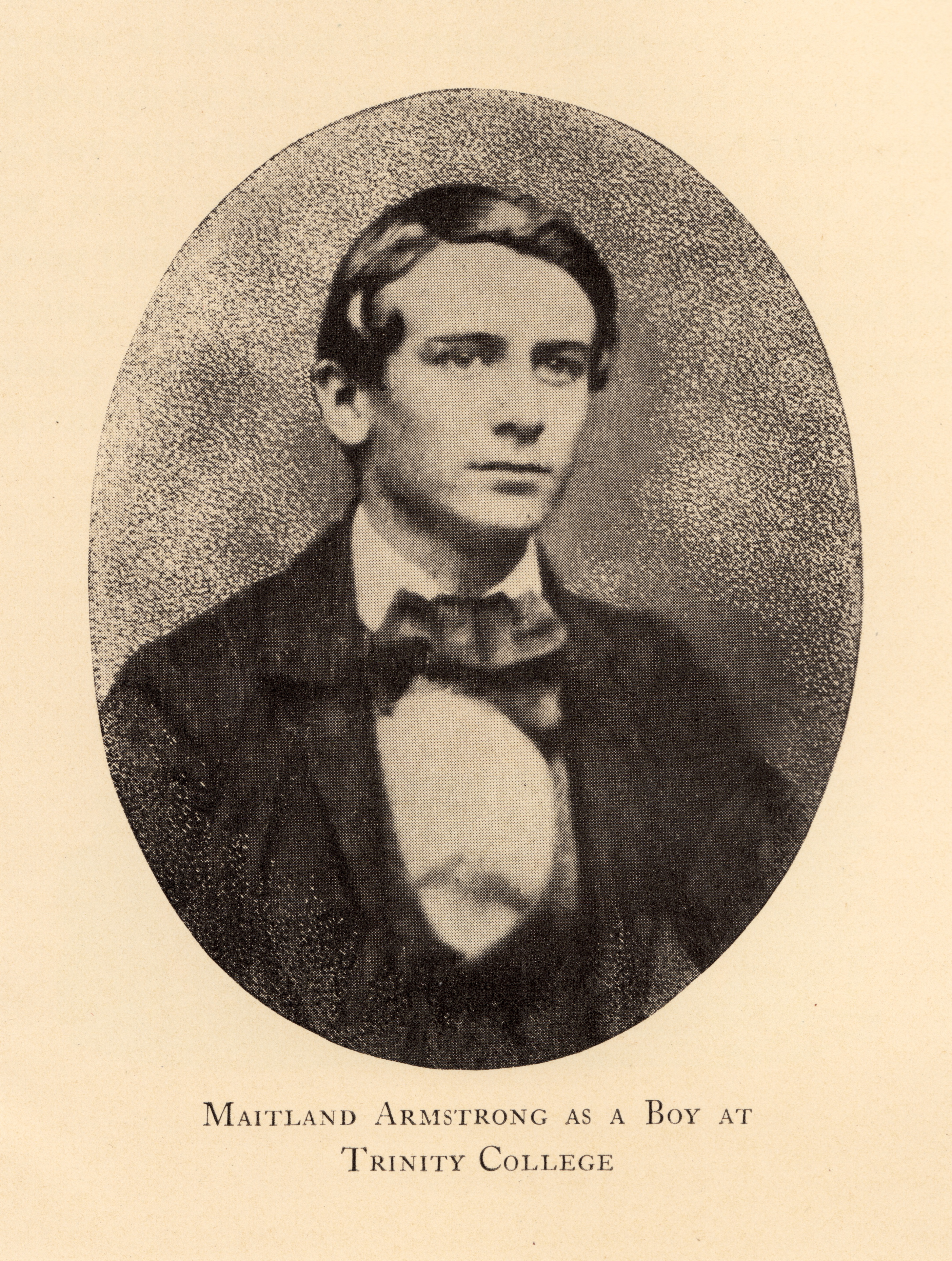
|
Colonel William Armstrong, a native of Scotland, crossed the Atlantic with the British Army during the American Revolution, and fell in love with the Hudson Valley when he and a group of British officers met with General George Washington at Newburgh in 1782. William resided in Manhattan until after the War of 1812. His son Edward was born there in 1800. Following William's fatherly advice, in 1822 Edward purchased land at Danskammer Point, the northernmost part of Newburgh on the Hudson River. In 1834, Edward and his wife Sarah Hartley Ward built a large Greek-revival mansion overlooking the river. In that year Edward also bought a part of the nearby 1,000 acres once held by the Ecker family. This 200 acre inland parcel included the Gomez Mill House, a barn, an orchard, and several mills. Edward died in 1840 of scarlet fever. His four sons- William Henry, Gouverneur Wilkins, John Ward, and David Maitland- then occupied the various lands their father owned. Edward's eldest son, William Henry, "Uncle Harry" to his brother Maitland's children, returned from living abroad early in 1862. During his travels, Wm. Henry met and married Sarah Matilda "Aunt Mattie" Grayson, the daughter of a prominent Charleston, SC plantation owner. Instead of living at the Danskammer mansion, the couple chose to live at the “old Ecker farm” where they added the kitchen and vowed to stay out of the Civil War. In 1868 Harry and Mattie welcomed their daughter Emily into the world. But tragedy struck just a few years later. Emily met with an unfortunate accident at the age of five. She is buried with the family at Christ Episcopal Church in Marlboro. A marble plaque in the stone wall by the House's driveway honors her dog Twist, whom she loved so dearly. Harry and Mattie stayed on at Mill House until 1904 when they left for Washington D.C. ______________________________________ David Maitland Armstrong Edward's youngest child, David Maitland Armstrong (1836-1918), was born at Danskammer. In 1866, he married Helen Neilson, a descendant of Peter Stuyvesant and niece of Hamilton Fish. Maitland studied law at Trinity College, was admitted to the bar, but did not practice law exclusively. He studied art in Paris and Rome, sharing quarters for two years with master sculptor Augustus Saint-Gaudens who proved to be a close, lifelong friend. Maitland became a painter and renowned stained glass artist. His windows are in the NYS Court of Appeals in Albany and several churches including the Richard Upjohn designed Episcopal church in Marlboro where his family is buried. Maitland was also a diplomat. He was named Charge d'Affaires to the Papal States, American Consul in Rome, and Consul General in Rome. He left his State Dept. position in 1872 as it did not provide an adeqaute salary for a man with two new daughters. He returned to New York and visited a brand new museum very near to his heart. The Metropolitan Museum of Art Maitland was largely responsible for creating the Metropolitan Museum of Art, which opened on February 20, 1872. In his obituary, the New-York Tribune stated: “Not only did he, in company with Robert Gordon and Dr. Nevin, first start the agitation for a representative museum in this city, but he also drafted suggestions for the carrying out of the project, with the result that the Metropolitan Museum as it exists to-day is largely organized on the lines he laid out.” World's Fair in Paris Maitland was appointed Director of American Fine Arts at the 1878 Paris Exposition Universelle. He had great difficulty negotiating which paintings would be shown. The recommendations committee preferred only well-established artists, but Armstrong wished to include young, less-established painters such as Winslow Homer and John La Farge. Maitland defiantly positioned works according to merit, the best "on the line" and lesser works nearer the ceiling. His actions sparked resentment from established artists who found their work placed further up the wall. But attendee response proved Maitland right, and he was elected as a chevalier of the Légion d'honneur for his work on the Exposition. He even hosted former U.S. President Ulysses S. Grant who appreciated Maitland's effort to show younger American artists who were working hard to get established. Maitland is credited with introducing fine American painting into France. |
Home | About Us | Gallery G | Events | Donations | Membership | Visitors | Volunteers | Press | Contact Us | Directions | Privacy
